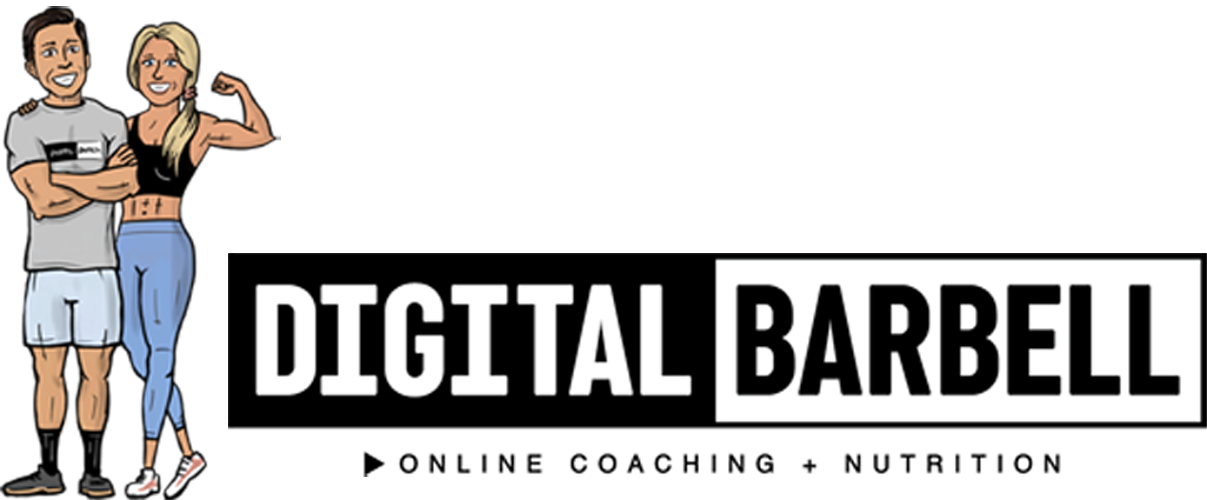I can be pretty stupid, and I can prove it.
I can be pretty stupid, and I can prove it.
The good news is that in this email, you have a chance to learn from my experience.
I’ve been nursing a sore right shoulder ever since we hit the road.
Something about moving all of those boxes and our 400-pound couch didn’t agree with it.
It’s been healing at what feels like a snail’s pace, and I was almost back to full function, until two days ago.
The gym we’ve been going to has a separate room with a “rig,” like you’d see in a CrossFit gym.
Why not jump up and see if I can still do the gymnastics move called a “bar muscle-up”?
The thought crossed my mind that it might not be a great idea considering my shoulder, but I proceeded, as hard-headed men often do.
I finished up my deadlifts, rows, and curls, and walked over to the rig.
After two or three failed attempts, I was able to knock out a couple of reps.
We left the gym, and the only thing that was swelling was my ego.
Later that night and the next day? Not so much.
The pain I felt lifting my arm reminded me of my stupidity.
It feels noticeably better today, but I did learn my lesson this time (I hope).
I’m willing to bet you’ve had a sore shoulder in your workout career.
Maybe a tweaky knee or a low back that takes some time to warm up?
Little aches and pains are inevitable, whether you’re getting after it in the gym or just getting older.
Here’s the five-step plan we use personally and with our clients to help them continue to work out while they heal:
Step 1 – Don’t Freak Out
Don’t catastrophize, tell yourself you’re broken, or assume you’ll never be the same. Your mindset is a massive part of getting better and not falling off track.
Step 2 – Do Things That Don’t Hurt
Build confidence and reassurance. Keep moving, don’t immobilize yourself. Motion is lotion.
Step 3 – Get Back to Training
Do movements as close to normal as possible that don’t cause pain. A coach or a PT is clutch for helping you navigate this part.
Step 4 – Slowly Work Back
Ease into normal movement and ranges of motion while adding load and avoiding pain. The same process that makes you stronger is what heals you (progressive overload). 10/10 do not recommend jumping ahead in this step. Ask me how I know.
Step 5 – Return to Full Range and Loading
This is the payoff for being patient and having the right mindset throughout the process.
I think we can all agree that injuries stink.
But with the right plan, mindset, and support, you can navigate through them and come out stronger on the other side.
Hope these words, and my hard-headedness, help you out!
Lift heavy, and be nice.
Jonathan
